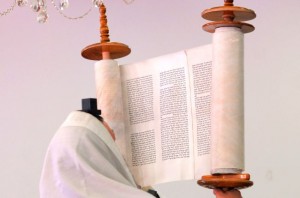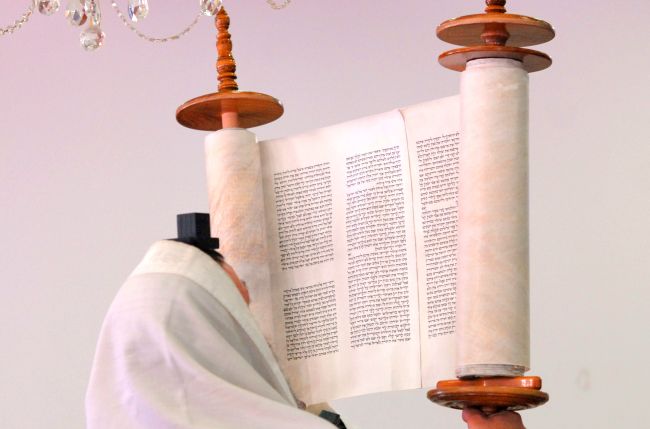
Note: The Shabbos Torah Reading is divided into 7 sections. Each section is called an Aliya [literally: Go up] since for each Aliya, one person “goes up” to make a bracha [blessing] on the Torah Reading.
Following the last two Parshios that focused on Justice and the value of individual rights, Moshe directed the nation’s attention to the realities of what it meant to live in Eretz Yisroel.
Our behaviors, as well as natural law, are subject to the word of G-d and interface with each other in the most intimate example of cause and effect. As the Chosen People, our lifestyle should manifest the ever-present mastery of the Creator over mankind and the realization of the connection between our adherence of Mitzvot and the laws of nature. This is most apparent in Eretz Yisroel. As Moshe told the Bnai Yisroel in Parshas Ekev, (11:12) “It is therefore a land constantly under Hashem’s scrutiny…” As clearly as the rain and dew fall, the land reflects G-d’s presence. Keeping the mitzvos of the Torah proclaims in word and deed G-d’s mastery over man and results in nature serving man as her accepted master. By ignoring or opposing the Torah we deny G-d’s mastery over man; and in turn, nature opposes man’s attempts at mastery over the natural world.
During the 40 years of the desert, the Jews were being prepared to accept the reality of Hashem’s mastery and the responsibility of keeping His mitzvos. Now, in Parshas Ki Savoe, as they were poised to cross the Yarden and assume their intended place as “… highest of all the nations on earth.” (28:1) Moshe commanded a number of declarations and ceremonies. These ceremonies would underscore the cause and effect relationship that exists between adherence to Torah, the laws of nature, and the divine responsiveness of the land.
1st & 2nd Aliyot: The Parsha begins with the Mitzvot of the first fruits and the completion of the Tithing cycles. Both are accompanied by special declarations of Hashem’s mastery over the land, and man’s responsibility to keep the commandments of Hashem.
3rd, 4th & 5th Aliyot: Moshe presents a statement of allegiance between Hashem and His People. We are to keep the Torah and Hashem guarantees us praise, fame and glory as the “highest of all the nations”. (26:19) Upon crossing the Yarden, the Nation will publicly declare its acceptance of Hashem’s covenant by: inscribing the Torah upon twelve stones; erecting them as a monument; and the ceremony of blessings and curses that is to take place between the opposing mountains, Grizim and Ayval.
6th Aliya: Commonly known as the Tochacha the admonitions and punishments. It describes the consequences that will befall the Jewish people if they ignore Hashem’s Torah and his providence. The custom is for the Reader to read this Aliya more quickly and quietly than the rest of the Parsha.
7th Aliya: The Parsha concludes with the beginning of Moshe’s final discourse. He starts by recounting the miraculous nature of the past 40 years and its clear indication of Hashem’s ever present protection, past and future.


